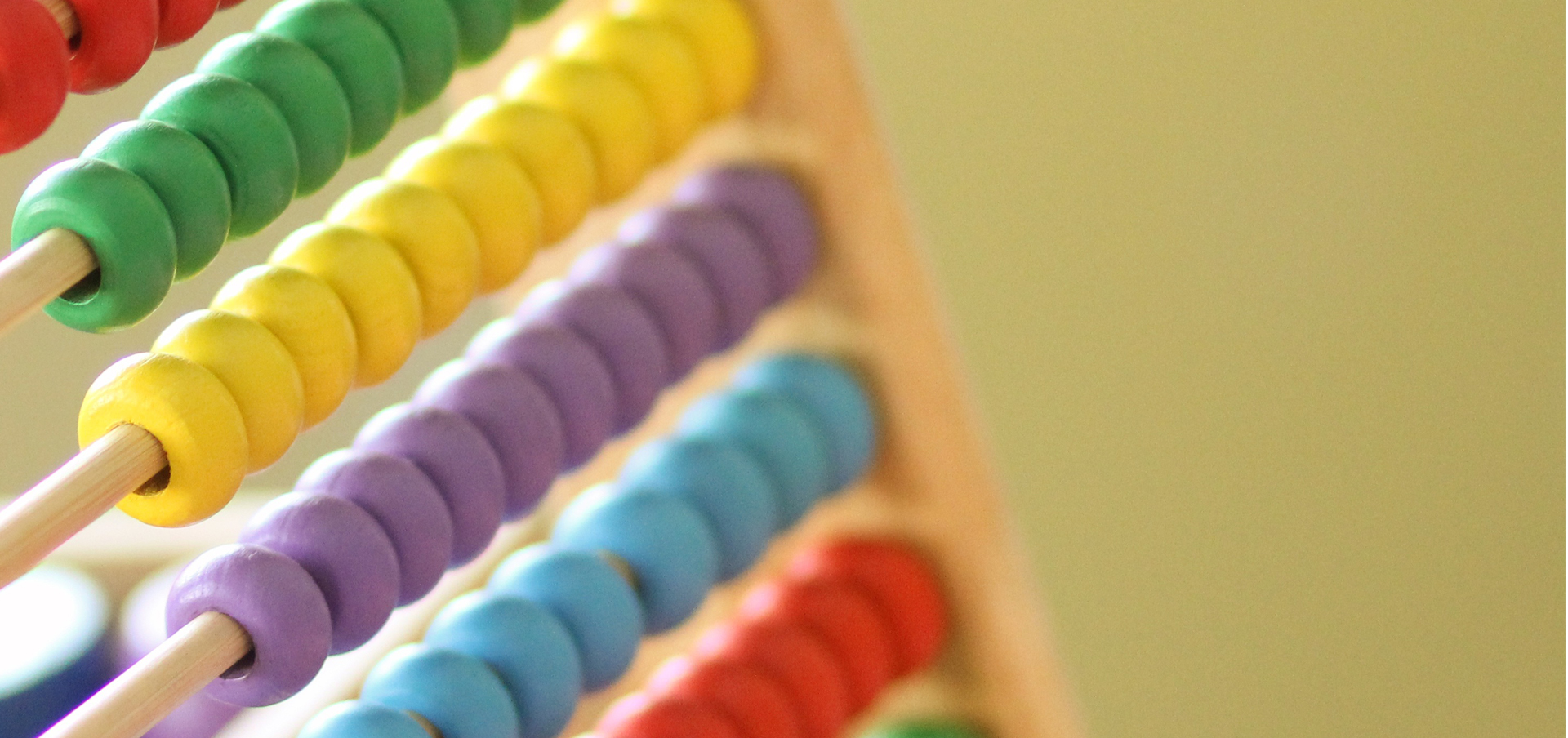Reggio Emilia is not new to early childhood education, but it is certainly gaining momentum across elementary and preschools nationwide. And as adoption of the Reggio approach grows, so does the need for early childhood educators who have specialized training in this teaching philosophy.
Perhaps you are here because you are interested in applying to a Reggio-inspired school in your area. Or, maybe you are already working in childcare, but are now looking to expand your education with supplemental Reggio Emilia training. Then again, maybe you have only heard the phrase “Reggio Emilia” buzzing around your ECE peers, but are now interested in learning more about it.
Whether you are a seasoned early childhood educator or are just considering a teaching career, Reggio Emilia is an important philosophy to understand. As a leader in early childhood education in Connecticut, Goodwin University knows this firsthand.
Reggio Emilia is an innovative approach to early education that puts the creativity, curiosity, and collaboration of children at its core. The philosophy was acclaimed as an exemplary model of early childhood education back in 1991, and has continued to catch the attention of school systems throughout the world.
It has even caught ours. Not only do Goodwin students gain extensive, hands-on Reggio Emilia training in our ECE and Child Study programs, but our school-age magnet curriculum also exercises a Reggio Emilia approach. If you choose to major in early childhood education at Goodwin University, you will have the opportunity to work directly with pre-K and elementary students in our state-of-the-art Riverside Magnet School, utilizing the Reggio Emilia approach.
While Reggio Emilia training is available in select early childhood education programs like Goodwin’s, it is not a requirement of teachers. It is not a certification that you can or must obtain. Rather, Reggio Emilia teacher training is an opportunity – to broaden your horizons in the scope of early childhood ed and to take on new and inspiring teaching approaches in your last classroom.
The goal of Reggio Emilia training is to help bring new concepts into the classroom, and to give children the space and environment they need to flourish. There are several core principles guiding the mission of Reggio Emilia, principles that every early childhood educator should know as they look to develop their teaching careers. Here are a few to keep in mind during your Reggio Emilia training experience:
- Children are capable of creating their own learning experience. In a Reggio Emilia school, children learn by discovery. They are driven by their own interests and curiosity, and it is the teacher’s role to encourage these interests through various learning experiences. For example, if a child expresses an interest in nature, a Reggio-inspired teacher may schedule a day of outdoor learning – collecting leaves, planting and playing in sensory gardens, and making projects with natural materials. The Reggio Emilia model is a child-led approach, in which children inspire and construct their own learning while their teachers create experiences to support it.
- Reggio Emilia teachers observe, mentor, and guide their students. While Reggio Emilia is a child-led approach, the teacher still plays a very significant role. As a Reggio teacher, you will observe your students and listen to their questions and stories carefully – you will observe their use of the hundred languages (drawing, painting, building, movement, music) – in efforts to identify and develop their interests. Then, you can guide and mentor them in the exploration of those interests.
- In Reggio Emilia, the environment is the third teacher. In a Reggio Emilia classroom, you will not be the only teacher in the room. In addition to your students, the classroom itself will serve as a teacher, encouraging exploration, communication, and collaboration among students. In Reggio Emilia teacher training, you will learn the benefits of setting up a spacious, clutter-free classroom full of engaging activities, authentic materials, and natural lighting.
- Documentation is an integral part of the Reggio Emilia approach. In a Reggio-inspired setting, there is a great emphasis on making learning and progress visible. Teachers will consistently use a variety of documentation methods, such as cameras, journals, tape recorders, drawings, sculptures to make this happen. For example, you may find quotes from children or photos of their projects displayed about the classroom. These visual representations are documentations of the students’ thoughts, ideas, and experiences, and serve as a narrative of what they learn at school.
Whether you are planning on working in a Reggio-inspired school, or are simply interested in the concept, you can reap many benefits from postsecondary Reggio Emilia training. On one hand, this training will teach you how to connect with young children, innovate engaging classroom experiences for them, and transform the traditional curriculum with fresh ideas. All the while, you will begin to understand just how a hands-on approach can help young students thrive. If you choose to study early childhood education at Goodwin University, you will have the opportunity to experience a hands-on Reggio Emilia classroom yourself, from an adult perspective.
To learn about earning a childhood education degree at Goodwin University, call 800-889-3282. You can also interact with us on Facebook or Twitter!
Goodwin University is a nonprofit institution of higher education and is accredited by the New England Commission of Higher Education (NECHE), formerly known as the New England Association of Schools and Colleges (NEASC). Goodwin University was founded in 1999, with the goal of serving a diverse student population with career-focused degree programs that lead to strong employment outcomes.

